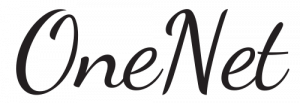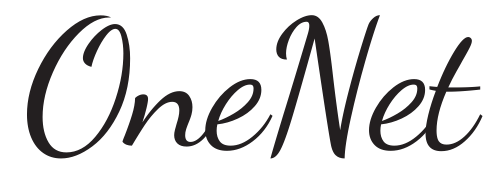A Prescribed Minimum Benefit (PMB) is a set of defined benefits to ensure that all medical scheme members have access to certain minimum health services, regardless of the benefit option they have selected. The aim is to provide people with continuous care to improve their health and well-being and to make healthcare more affordable.
PMBs are a feature of the Medical Schemes Act, in terms of which medical schemes have to cover the costs related to the diagnosis, treatment and care of:
- any emergency medical condition;
- a limited set of 271 medical conditions (defined in the Diagnosis Treatment Pairs); and
- 25 chronic conditions (defined in the Chronic Disease List).
When deciding whether a condition is a PMB, the doctor should only look at the symptoms and not at any other factors, such as how the injury or condition was contracted. This approach is called diagnosis-based. Once the diagnosis has been made, the appropriate treatment and care is decided upon as well as where the patient should receive the treatment (at a hospital, as an outpatient or at a doctor’s rooms).
Which PMB Conditions are Covered?
The Regulations to the Medical Schemes Act in Annexure A provide a long list of conditions identified as Prescribed Minimum Benefits. The list is in the form of Diagnosis and Treatment Pairs (DTPs).
A DTP links a specific diagnosis to a treatment and therefore broadly indicates how each of the approximately 271 PMB conditions should be treated. The treatment and care of PMB conditions should be based on healthcare that has proven to work best, taking affordability into consideration. Should there be a disagreement about the treatment of a specific case, the standards (also called practice and protocols) in force in the public sector will be applied.
The treatment and care of some of the conditions included in the DTP may include chronic medicine, e.g. HIV-infection and menopausal management. In these cases, the public sector protocols will also apply to the chronic medication.
Here is an example of a DTP as it appears in the Medical Schemes Act:
| Code | Diagnosis | Treatment |
|---|---|---|
| 109A | Vertebral dislocations/fractures, open or closed with injury to spinal cord | Repair/reconstruction; medical management; inpatient rehabilitation up to two months |
The 271 conditions that qualify for PMB cover are diagnosis-specific and include a range of ailments that can be divided into 15 broad categories:
| PMB Category | Example |
|---|---|
| Brain and nervous system | Stroke |
| Eye | Glaucoma |
| Ear, nose, mouth and throat | Cancer of oral cavity, pharynx, nose, ear, and larynx |
| Respiratory system | Pneumonia |
| Heart and vasculature (blood vessels) | Heart attacks |
| Gastro-intestinal system | Appendicitis |
| Liver, pancreas and spleen | Gallstones with cholecystitis |
| Musculoskeletal system (muscles and bones); Trauma NOS | Fracture of the hip |
| Skin and breast | Treatable breast cancer |
| Endocrine, metabolic and nutritional | Disorders of the parathyroid gland |
| Urinary and male genital system | End-stage kidney disease |
| Female reproductive system | Cancer of the cervix, ovaries and uterus |
| Pregnancy and childbirth | Antenatal and obstetric care requiring hospitalisation, including delivery |
| Haematological, infectious and miscellaneous systemic conditions | HIV/Aids and TB |
| Mental illness | Schizophrenia |
| Chronic conditions | Asthma, diabetes, epilepsy, hypothyroidism, schizophrenia, glaucoma, hypertension |
No exclusions
Medical schemes often have a list of conditions – such as cosmetic surgery – for which they will not pay, or circumstances – such as travel costs and examinations for insurance purposes – under which a member has no cover. These are called exclusions. Exclusions, however, do not apply to PMBs. If you contract septicaemia after cosmetic surgery, for example, your scheme has to provide healthcare cover for the septicaemia part because septicaemia is a PMB. (Cosmetic surgery remains an exclusion.) PMBs are concerned about the diagnosis; it doesn’t matter how you got the condition.

